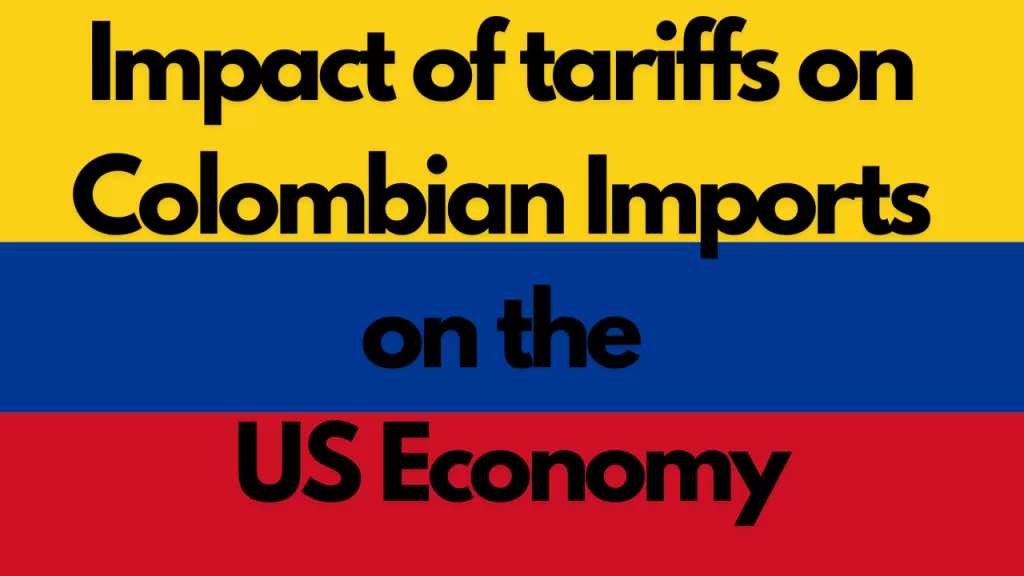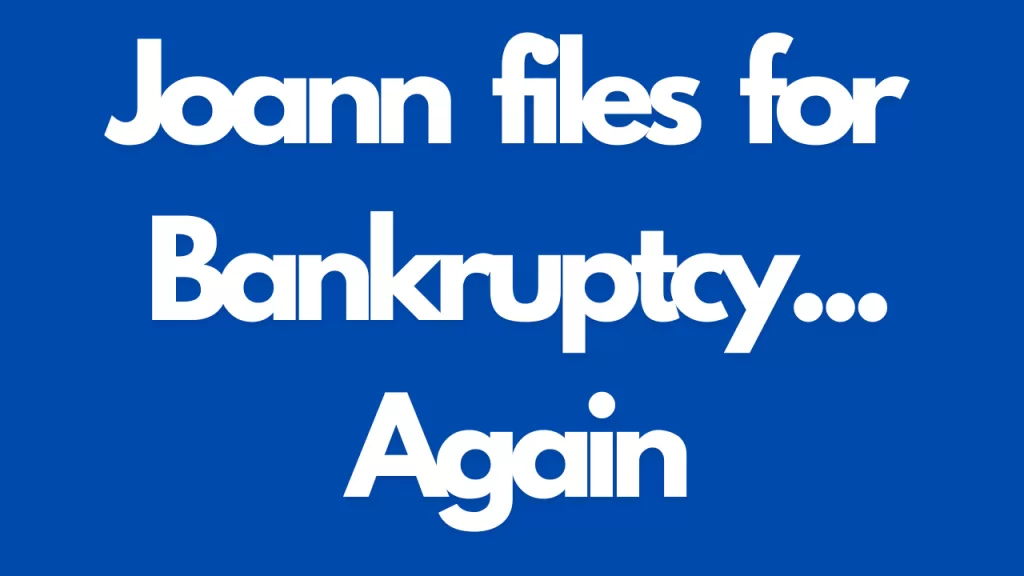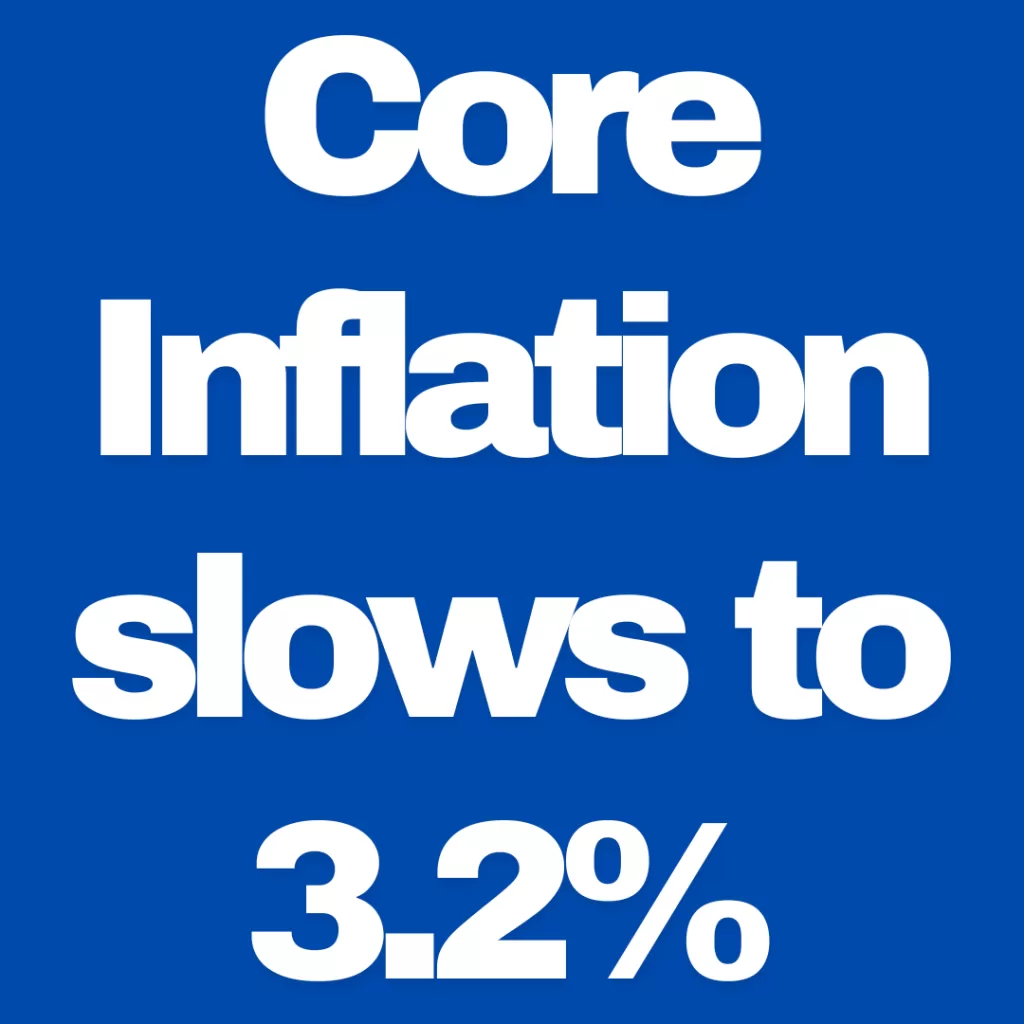Factoring Program Overview – A Primer

Executive Summary – Factoring Program Overview – A Primer
We specialize in providing working capital solutions through accounts receivable factoring, particularly for businesses that may not qualify for traditional bank financing. We focus on the quality of a client’s receivables (invoices owed to them by their customers) rather than the client’s overall financial health, enabling them to serve a wide range of businesses, including startups, rapidly growing companies, and those with financial challenges. We offer full notification, non-recourse factoring with a focus on speed and a personal touch, working with a network of intermediaries like brokers, bankers and lawyers, rather than marketing directly to businesses.
Key Themes and Concepts – Factoring Program Overview – A Primer
- Factoring Defined: Factoring is the sale of a company’s accounts receivable invoices to a third-party factor in exchange for immediate working capital. This is not a loan; it’s a purchase of an asset. It is distinct from a loan because there is no loan amount or interest rate, but rather a discount rate or fee against the invoice.
- “Factoring is the sale of a company’s accounts receivable invoices to a factor in order to obtain working capital.”
- Non-Recourse, Full Notification Factoring: We offer “full notification, non-recourse factoring,” which means:
- Non-Recourse: Factor assumes the credit risk of non-payment by the client’s customers. The client is not responsible for repaying the advance if a customer doesn’t pay due to credit issues (bankruptcy, etc.) . However, clients remain responsible if customers don’t pay due to issues with the goods or services provided to the customer, often referred to as a “performance guarantee” or “validity guarantee”.
- “With non-recourse, the factor takes on the customer’s credit risk (their inability to pay), but the client remains responsible for most other discounts or deductions their customer may take on an invoice.”
- Full Notification: The client’s customers are notified to pay Factor directly and invoices will usually include instructions for the customer to pay directly to the factor. This allows for greater control over the flow of cash and is often used for businesses with weaker financial conditions.
- “A notification factor is one that will contact each of a client’s customers and instruct them to make payments to the factoring company. Each invoice issued will usually include instructions that payments must be made payable to the factor.”
- Client Profile: Versant targets a broad range of businesses, particularly:
- Small to medium-sized companies with annual revenues between $1 million to $50 million.
- Companies that need quick access to working capital and can’t wait for slow-paying customers.
- Businesses with limited access to traditional credit (startups, fast-growing companies, seasonal businesses, those with poor credit or losses).
- Businesses with credit-worthy customers, typically large corporations, municipalities or government agencies.
- “The success of nearly every business is dependent on its supply chain. Whether it is a neighborhood restaurant securing fresh produce from local farmers market or a time-sensitive, month or a high-tech manufacturer procuring microchips from Asia often depends on reliable sources of supply. “
- Use of Factoring Funds: Factoring can be used for various purposes, including:
- Project Financing
- Business Growth Financing
- Business Acquisition Financing
- Bridge Financing
- Financing Working Capital Needs
- Realization of Supplier Discounts
- Preparation for High Season
- Crisis Management
- Debtor-In-Possession (DIP) Financing
- Program Details:
- Factoring Volume: We handle annual factoring volumes from $1 million to $120 million, with monthly transaction sizes ranging from $100,000 to $10 million.
- Advance Rate: Factor typically advances up to 75% of the face value of approved receivables. The remaining balance (less fees) is paid when the receivable is collected.
- “Client is typically advanced 75% of face value of approved receivables in the batch. The balance is paid when the receivable is collected and the batch is fully closed.”
- Fees/Rates: Factoring fee is generally 1.5%-2.5% of the face value of the purchased invoices for each month that the account receivable is outstanding. There are no other fees charged on dollars outstanding or for the facility. Fees can vary depending on client risk profile.
- “Factoring fee is typically 2.5% of the face value of the purchased invoices for each month that the account receivable is outstanding.”
- Factoring Term: Factoring agreements typically range from 1 to 24 months, with some clients renewing.
- Personal Guarantee: None is required, as Factor assumes credit risk on the invoice with the previously mentioned “performance guarantee.”
- Audit Requirements: None is required of the client’s financial performance, as Factor focuses on the credit quality of their customer base.
- Closing Time: Funding can occur as quickly as one week from the initial contact to funding, and often within 3-5 business days of the initial referral.
- Competitive Advantage:
- Focus on Difficult Deals: Versant specializes in deals other factors might avoid, including those with poor financial performance, limited credit history, or new companies.
- Speed: Can fund quickly, often within a week of initial contact, and funding typically occurs on the same day that accounts receivable invoices are received.
- Personal Service: Each client is assigned a dedicated Account Executive.
- Technological Advantage: We provide clients with access to web-based reports to monitor the performance of their accounts receivable.
- “Online platform (FactorSQL Software) enables clients to review reports and determine if/when it’s economical to close out aged receivables “batches.”” Factoring Program Overview – A Primer
- Marketing and Business Development:
- We focus on educating financial professionals (bankers, brokers, CPAs, attorneys, business coaches) about factoring to increase referrals.
- “All my efforts are getting in front of, and speaking with, bankers, attorneys, consultants and coaches, and all those people that help small businesses get through their challenges, so that when one of their challenges could be met by factoring they can recommend what I do,” Lehnes says.”
- They aim to build a large network of referral sources.
- They see value in being a “bridge” to help businesses grow, become profitable, and eventually obtain traditional bank financing.
- “Sometimes they’ll renew with us and stick around a little longer, but we fully acknowledge that we’re a bridge. We’re a way to get a business to the next step of their evolution, where they’re stable enough to get bank financing, or they’re large enough to go out and raise equity, or just that they’re profitable and can move on to a cheaper form of financing.””
- Process Steps
- The process is a multi-step process that includes:
- Initiation: The process begins with identifying a prospect who has accounts receivable that may benefit from factoring. The referral source then hands off the completed request with the necessary documentation (Accounts Receivable Aging, Intake Checklist) to Versant.
- Application Review and Legal Documentation: The client submits a signed proposal letter, a signed application, and a non-refundable fee. Versant then prepares a factoring agreement and associated documents, which the client then signs.
- Underwriting: Versant conducts a review process by reviewing the Accounts Receivable Aging, conducting public record searches for liens and UCC filings, reviewing customer credit, verifying the receivables by calling the customers, creating a purchase and sale agreement, taking a 100% security interest on client assets, and filing a UCC notice. Invoices will be mailed to debtors with assignment stickers and customers will be notified.
- Closing and Funding: Versant purchases the receivables, typically advancing 75% of the face value and assuming responsibility for collection.
- Closing of Batches: When all payments for a particular batch are received, Versant pays the balance owed (the difference between what was collected and the 75% advanced) to the client, less their factoring fees.
- Ongoing Flow of Receivables: After the client is set up, Versant continually purchases new invoices based on the terms of the agreement.
- Factoring’s Role in Economic Uncertainty:
- In times of economic uncertainty when traditional lending standards tighten and businesses have reduced cash flow, factoring can be a better option than a traditional bank loan.
- “This economic uncertainty will likely continue for some time and cause many traditional lenders to restrict credit to small businesses in an effort to shield their institutions from the impact of a softening economy.”
Important Considerations: Factoring Program Overview – A Primer
- Terminology: It’s crucial to understand the differences between lending and factoring terminology (e.g., “loan” vs. “factoring facility,” “borrower” vs. “client/seller”).
- Fee Structure: Factoring fees are not interest rates; they are a discount or fee on the invoice amount, generally based on the time the receivable remains outstanding.
- Cost vs. Benefit: While factoring can be more expensive than traditional bank loans, it provides critical access to capital, particularly when bank credit is unavailable and can improve a business’s profitability.
- Not a “Last Resort”: Factoring is a widely used financial tool, not just an option for troubled companies.
Conclusion: Factoring Program Overview – A Primer
Factoring offers a valuable service for businesses needing flexible and fast access to working capital. Their focus on non-recourse, full-notification factoring, combined with a client-centric approach, positions them as a strong alternative to traditional lenders, particularly in times of economic uncertainty. Their model provides a way for businesses to operate when they do not qualify for traditional loans or need an alternative to banks. Their emphasis on education and partnerships with intermediaries has been crucial to growing their business. Factoring Program Overview – A Primer
**Compiled with AI Assistance
Contact me to learn if your client is a fit:
203-664-1535







